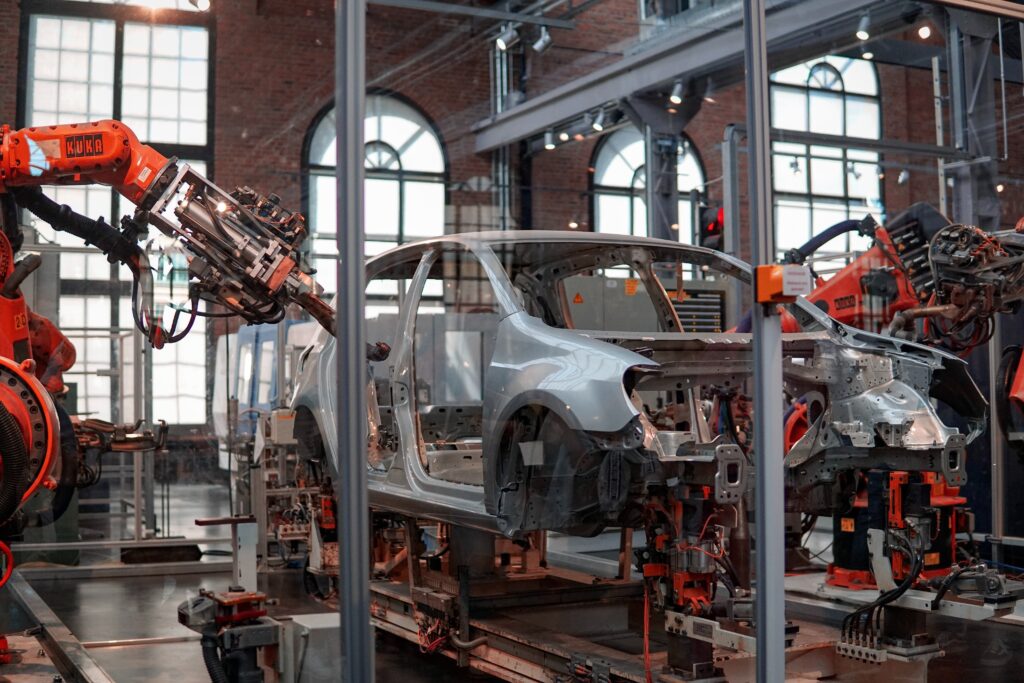
Few things are more satisfying than putting your hands on a new product that you plan to use for the foreseeable future. Whether it’s your new mobile phone, a computer, a smart TV or a car, the fact is that we’re physical beings in a physical world and we like physical things.
Rationally, we may realize that having access to products as a service may be more economical, and it for sure is more convenient, but western culture is about ownership. Just reflect on the number of mechanisms we have in place to keep track of who owns what. Banks are keeping track of who owns what amounts of money and investments. Government institutions keep track of who owns the title to various pieces of real estate, who owns what vehicles and who owns what animals. These records form the basis for an enormous network of legislation to manage ownership, transfer of ownership and violation of ownership rights.
Manufacturing has, for the longest time, focused on minimizing production and bill of material (BOM) costs. One of the main ways of achieving this is scaling: making as many items per time unit for as long as possible while avoiding changing the manufacturing line. This focus on scaling has fundamentally affected product development in at least two ways.
First, in most cases that I’m aware of, the cost of putting up a manufacturing line far exceeds the R&D expenses for a product. That means that R&D should focus on delivering a product for manufacturing that will not require any changes or defect fixes after the start of production (SOP). So, R&D is about quality assurance and avoiding unnecessary risks. This leads to a start from a frozen requirement specification and to resist any request for changes in the specification once R&D has started. Also, the closer we get to SOP, the more careful we are in updating the product design. All prototyping tools such as 3D printing for physical validation and simulation tools for determining product characteristics are concerned with ensuring that the product has as high quality, as in meeting the specification, as we can make it.
Second, R&D has traditionally focused a lot on minimizing the BOM of the product, even at the expense of higher R&D costs. In general, the principle is that any R&D effort that results in a BOM reduction, however small, is worth it as it multiplies over the number of product instances we hope to manufacture. As products started to include electronics and software, this resulted in architectures with many dependencies in the electronic and software components purely to reduce the BOM. The implications for quality assurance of the software were viewed as R&D expenses that were compensated by the reduced BOM.
In a digitalizing world, we see two important shifts. First, products are increasingly intended to evolve through regular software updates. It should be possible to have them fully autonomously update their software with minimal risk of system failure.
This has two important implications. First, the architecture of our products needs to be much more modular and decoupled than earlier as quality assurance of a highly interconnected architecture is expensive and we can’t afford to do it all the time. Second, we need ‘headroom’ in the electronics for software updates so that we can deliver these software updates without running out of space. Of course, both of these implications violate the traditional BOM focus. Instead, we need to focus on lifetime value rather than only BOM and manufacturing costs.
The second shift concerns the general pace of evolution. The desire to manufacture the same product as long as possible is replaced with a constant evolution of the product. This constant evolution isn’t just concerned with software but also with electronics and mechanics. Many companies already have cost-down initiatives to replace components in products with lower-cost variants. More recently, though, the lack of availability and accelerated obsolescence of electronic components has caused companies to redesign the electronics in the products continuously. Although these examples focus on lower costs for the same product, the next step is of course to deliver new value through redesigns.
The implication is that many product-centric companies need to move toward more of a platform focus where each product is a configuration of the assets available in the platform architecture. In a platform, there’s a platform architecture with variation points where product architectures may vary. For each component in the platform architecture, we have multiple variants if there’s differentiation that can be provided through this. For instance, many companies use two or three variants where we have a high-end, mid-range and low-end variant of components.
New versions of components may then be introduced as the new high-end variant, demoting the former high-end variant to mid-range and the former mid-range variant to low-end. The former low-end variant is phased out and removed from the inventory. A platform-centric approach, in this way, allows for a constant evolution of products in the portfolio.
The implication for manufacturing is that, while still important, it becomes less central in the process as each product is a configuration of a constantly evolving platform. Research has long focused on smart, fast and low-cost reconfiguration of manufacturing lines with the intent of cost-effectively producing smaller runs.
Traditionally, the main focus of R&D was to optimize manufacturing and bill of material costs. However, digitalization and the expected continuous evolution of products require a shift in focus to modularization and platformization as well as a focus on cost-effective manufacturing to a dynamic product portfolio. Manufacturing is still important, but other aspects have gained importance and these new priorities need to be incorporated at the expense of manufacturing and BOM costs. The focus is on the value that we can deliver throughout the economic life of products.
Like what you read? Sign up for my newsletter at jan@janbosch.com or follow me on janbosch.com/blog, LinkedIn (linkedin.com/in/janbosch), Medium or Twitter (@JanBosch).